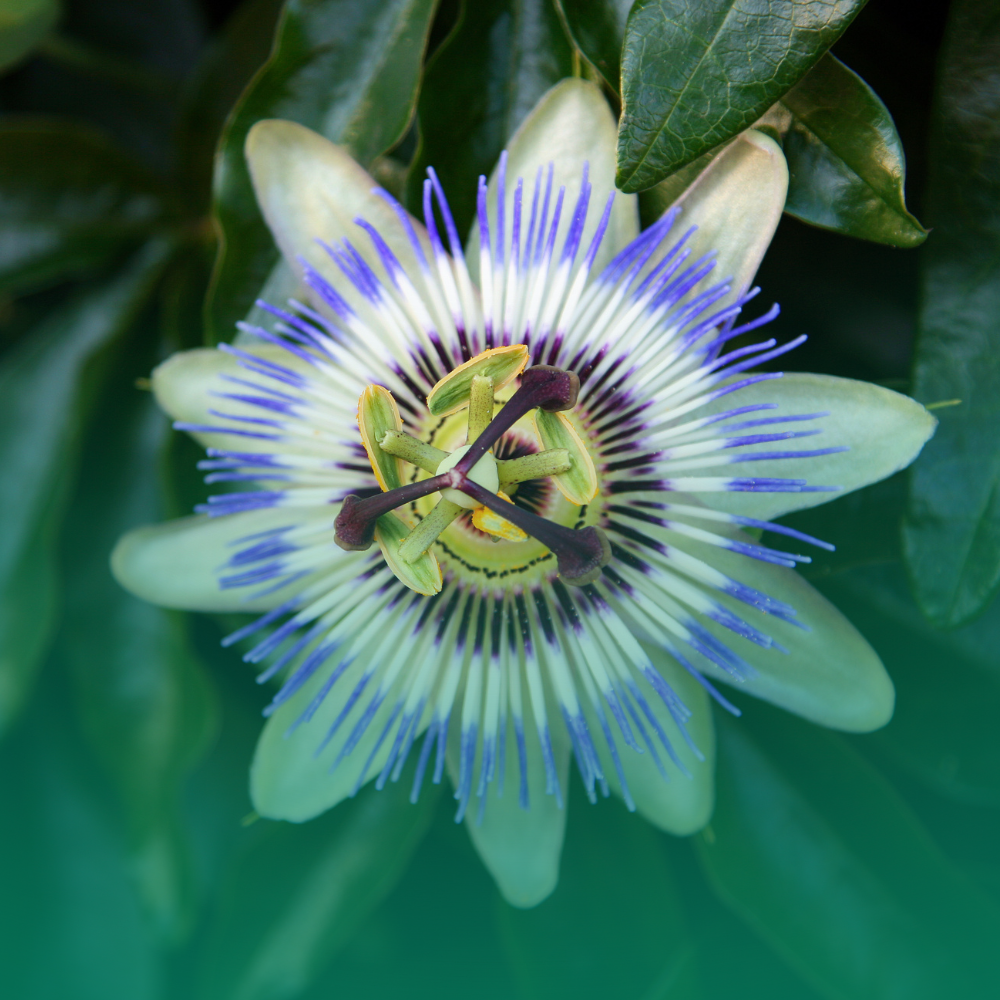
Passiflora: an exotic enchantment between beauty and well-being in your garden
Passionflower , with its extraordinary flowers and climbing nature, is a plant that fascinates and enchants. Known for its exotic beauty and potential health benefits, this genus of plants, which includes species such as the famous Passiflora incarnata (passion flower) and Passiflora edulis (passion fruit), is a magnificent addition to any garden or balcony. If you are a plant enthusiast and are thinking of growing one, this article will guide you through its wonders and the secrets of its cultivation. And remember, to buy quality passionflower seeds, you can visit Botanis.it , your reliable source for the best seeds.
Where to place Passionflower? The Importance of Sunlight
Passionflower is a sun-loving plant. For abundant flowering and vigorous growth, it is essential to choose a location that receives at least 6-8 hours of direct sunlight per day . Ideally, a south or southwest location is perfect to maximize exposure. In regions with very hot summers, however, a little shade during the hottest hours of the afternoon can be beneficial to avoid sunburn on the leaves.
Being a climbing plant , Passiflora needs a support to climb on. Poles, pergolas, trellises, fences or walls are all suitable supports. Make sure that the support is sturdy and well anchored, able to support the weight of the plant in full growth. This will not only help the plant to develop at its best, but will also create a scenic effect of great visual impact.
What is Passionflower Used For? More Than Just an Ornamental Flower
In addition to its indisputable ornamental beauty, Passiflora is appreciated for its various uses.
- Traditional Properties: Historically, some species of Passiflora, particularly Passiflora incarnata , have been used in traditional medicine for their relaxing and anxiolytic properties . It is often used to promote sleep and relieve nervous tension. It is always advisable to consult a doctor or qualified herbalist before using plants for therapeutic purposes.
- Edible Fruits: From a culinary point of view, Passiflora edulis , commonly known as passion fruit , produces delicious and aromatic fruits, rich in vitamins and antioxidants. These fruits are consumed fresh, used for juices, desserts, ice creams and jams, adding an exotic and refreshing touch to various culinary preparations.
- Pollinator Attraction: Additionally, Passionflower attracts pollinating insects such as bees and butterflies, contributing to the biodiversity of your garden and supporting the local ecosystem.
How to Grow Passiflora in a Pot? Complete Guide
Growing Passiflora in a pot is absolutely possible and an excellent solution for those who have limited space such as balconies and terraces, or live in colder climates, allowing you to move the plant to shelter during the winter. Here are some essential tips for successful cultivation:
- Choose the right pot: Opt for a large pot, at least 30-40 cm in diameter , to allow the roots to develop properly. Materials such as terracotta are ideal because they promote transpiration and help prevent water stagnation.
- Ideal soil: Use a well-draining soil that is rich in organic matter. A mix for flowering plants or Mediterranean plants is ideal. You can add perlite or coarse sand to further improve drainage.
- Impeccable Drainage: Make sure the pot has adequate drainage holes in the bottom. Placing a layer of expanded clay or gravel at the bottom of the pot is a good practice to prevent water stagnation, the enemies of Passiflora.
- Essential support: Even in a pot, Passiflora needs support. Insert a stake, a grid or a small trellis into the pot when planting to guide its climbing growth.
- Constant watering: Potted Passiflora requires regular watering, especially during hot and dry periods. The soil must remain moist but never soaked . Reduce watering in winter, when the plant is dormant.
- Fertilizing for abundant blooms: During the growing season (spring-summer), fertilize every 2-4 weeks with a balanced liquid fertilizer or a specific one for flowering plants, to support its prolonged flowering.
- Targeted pruning: Prune the Passiflora to contain growth, remove dry or damaged branches and stimulate more abundant flowering. The main pruning is preferably done in late winter or early spring.
- Winter protection (if needed): In regions with harsh winters, move the pot to a protected, unheated location (e.g. a cold greenhouse, a bright garage) or cover the plant with non-woven fabric to protect it from frost.
Grow Your Own Passionflower from Seeds: Buy on Botanis.it
Growing Passionflower from seeds is a rewarding experience that allows you to follow every stage of the growth of this wonderful plant. To ensure success, it is essential to obtain quality and certified seeds . For this reason, we recommend that you visit Botanis.it , where you can find a wide selection of Passionflower seeds and other plants, with the guarantee of reliable products for your vegetable garden and garden. Carefully follow the instructions provided with the seeds for sowing, which often require stratification (a period of cold) to facilitate germination.
In conclusion, Passiflora is an extraordinary plant that offers beauty, fragrance and, depending on the species, delicious fruits and interesting properties. With the right care and adequate sun exposure, you can enjoy its extraordinary flowering and exotic fruits in your green space. Are you ready to give an exotic touch to your garden or balcony with Passiflora?







